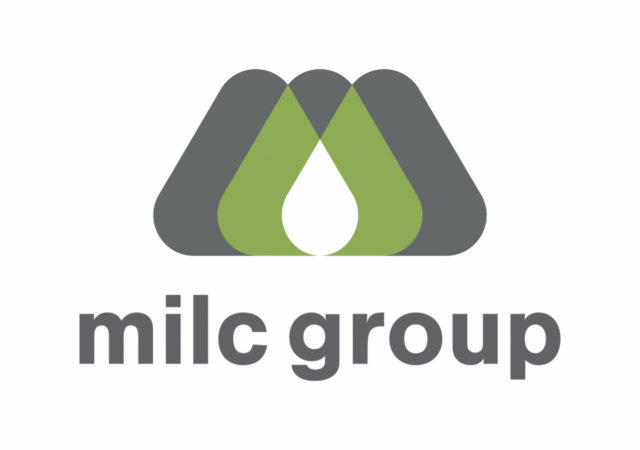João Dürr CEO Council on Dairy Cattle BreedingUppsala, Sweden
What education are you bringing with you to this position?
I have a Bachelor of Science in agriculture (plant and animal sciences) from the Universidade Federal do Rio Grande do Sul, Brazil, and a Master of Science and a doctorate on animal breeding and genetics, both from McGill University, Canada.
Please describe your agricultural background.
I come from a very small town of German immigrants in southern Brazil in which agriculture is the main business, mainly crops (soybean, corn and wheat) and dairy cattle. My family has always been involved in farming, and my father was the CEO of a dairy coop for more than 20 years. Those were the main influences on my decision to dedicate my career to the dairy business.
What territory will you cover?
The Council on Dairy Cattle Breeding (CDCB) manages the national dairy database and therefore covers the whole U.S. territory.
What are your new responsibilities?
As the CEO I will be responsible to plan and implement the policies for data management and genetic evaluation of dairy breeds in the U.S. Since this is a new operation, I have also the role of forming a team and carrying out the transition of the services from ARS/USDA to the council. Another main responsibility will be to coordinate the cooperation between the different partners associated with the council.
What previous positions have you held?
Since 2008 I have been the executive director of the Interbull Centre, Sweden, which is the operational unit of Interbull, responsible for the international genetic evaluations of dairy and beef breeds.
Previously (1997-2008) I was a full professor at the Universidade de Passo Fundo, Brazil, where I occupied several administrative positions: associate vice-principal for research, director of the food science research centre and general manager of the Dairy Herds Analysis Service. From 2004 to 2007 I was president of the Brazilian Milk Quality Council, a non-profit organization with a similar mandate as the National Mastitis Council in the U.S.
Who has made the biggest impact on your career?
My father’s career has been an inspiring example to me. Many colleagues and mentors have also helped to shape my profile since I entered the agriculture program in Porto Alegre, Brazil. But my biggest motivation has always come from the dairy farmers. I don’t know a professional who is more determined and prone to sacrifices on behalf of the activity. Where I come from there are mainly small herds with family labor, and observing their dedication always helps me to go an extra mile.
How will you be of most help to producers in your region or area of expertise?
The council exists to serve the needs of dairy farmers. The national database provides the managerial tools and benchmarks for the routine farm operations, and the genetic evaluations allow the dairy herds to maintain the rate of improvement that made the U.S. the main player in the business.
Although U.S. genetics dominates the international market of semen and embryos and this continues to be a major goal, the main purpose of the U.S. selection programs is to provide the best possible bulls for the American breeders to choose from. My role is to make sure this happens!
Why did you choose this company?
It is a great opportunity! The council congregates the U.S. dairy records, providers and processing centers, as well as breed registry and artificial insemination. It truly represents the interests of the dairy chain in the country. I have the chance to work with the most important dairy industry in the world in a position that takes full advantage of my background and experience. I am convinced that my contribution will be relevant and I am glad the council sees the same way.
What goals would you like to accomplish while in this position?
In the short term my goal is to structure a world-class team and complete the transition of the services from ARS/USDA to the CDCB efficiently. We will maintain close research collaboration with the Animal Genomics and Improvement Laboratory (AGIL) as a way to keep the American improvement programs on the cutting edge of the available technology. Meanwhile we will carry out a strategic plan with the participation of all stakeholders in order to shape future services to the needs of the dairy sector. PD





